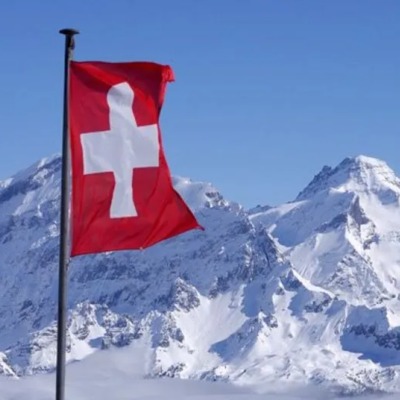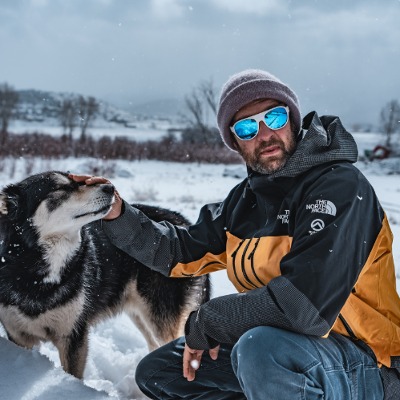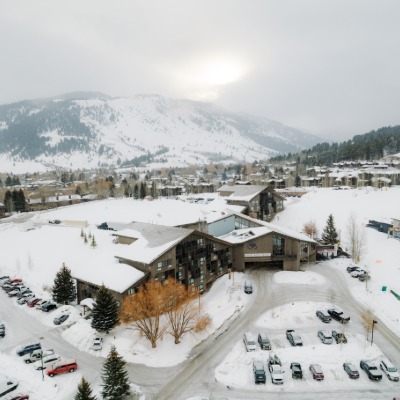Austrian Alpine Club Warns Against New Developments In Glacier Ski Areas

The Austrian Alpine Club is committed to the absolute and without exception protection of the glaciers
After Greenpeace drew attention to the destructive measures taken to prepare the World Cup slope on the Rettenbachferner, the Austrian Alpine Club once again points out the urgent and unconditional protection of the glaciers. Above all, those areas that are still available for further development plans must finally be fully protected. Especially when it comes to the development of new glacier ski areas - a red line for the Alpine Association - after the social outcry, a future-oriented rethinking of politics is needed.
Dredging work such as the one on the Rettenbach Glacier is a normal maintenance measure that regularly occurs in a glacier ski area if you want to operate it. An intervention within the ski area boundaries, which still applies: “These are measures that destroy nature and waste resources and are carried out in the summer in order to then be able to resume skiing in the fall - far too early,” explains Liliana Dagostin, manager the Spatial Planning and Nature Conservation Department of the Austrian Alpine Club after the issue was brought to the media yesterday by the organization Greenpeace. According to the Alpine Club, excavators were deployed throughout the summer to ensure ski operations on the glacier. “The high mountain landscape is literally being tamed for intensive tourist use - year after year,” says Dagostin. Austria's glaciers are melting faster than ever before. According to the Alpine Club's glacier report, the Austrian Alps could be ice-free in 50 years at the latest.
No new developments on glacier areas!
According to the Austrian Alpine Association, the demand for absolute glacier protection, which includes not only the glacier areas but also the glacier forelands and moraines, is more urgent than ever. “Especially in an exceptional summer like this one that is particularly unfavorable for the glaciers, glacier protection, as provided for in the Tyrolean Nature Conservation Act for the glacier areas and their surroundings, must apply without exception. This means that those areas that are still available for further development projects must finally be protected,” emphasizes Dagostin. The Austrian Alpine Club is primarily concerned with those previously natural glacier areas that are reserved for large-scale expansion plans. For the Alpine Club, opening up new glaciers means crossing a red line.
For example, for the expansion plans for the Pitztal Glacier ski area, where the Hangenden Ferner, the Karlesferner and the Mittelbergferner, three glaciers that have not yet been developed for skiing, could be built. Or the expansion plans for the Kaunertal Glacier ski area, also a massive intervention in a still undeveloped high mountain landscape, where the Gepatschferner would even open up one of the largest remaining glacier areas in the Eastern Alps. “Such large-scale projects are simply no longer appropriate in times of climate crisis; the sensitive high mountains must not become a permanent construction site. Now we still have the chance to prevent destructive new developments. We need a rethink towards nature-friendly tourism instead of further overexploitation of nature,” said Dagostin.
Together with the German Alpine Association, Nature Friends and the WWF, the Austrian Alpine Association has been committed to the absolute and unexceptional protection of the glaciers for years.













